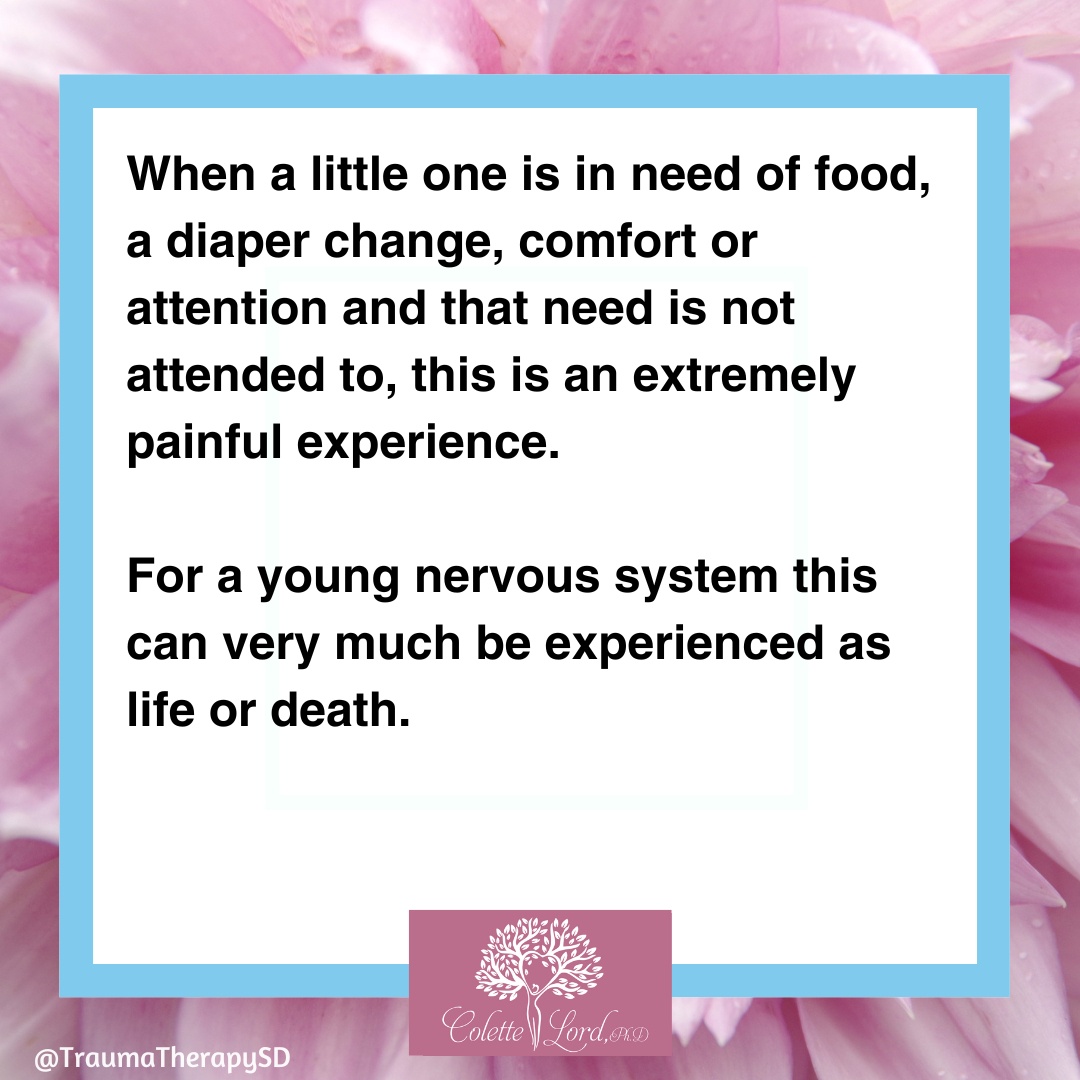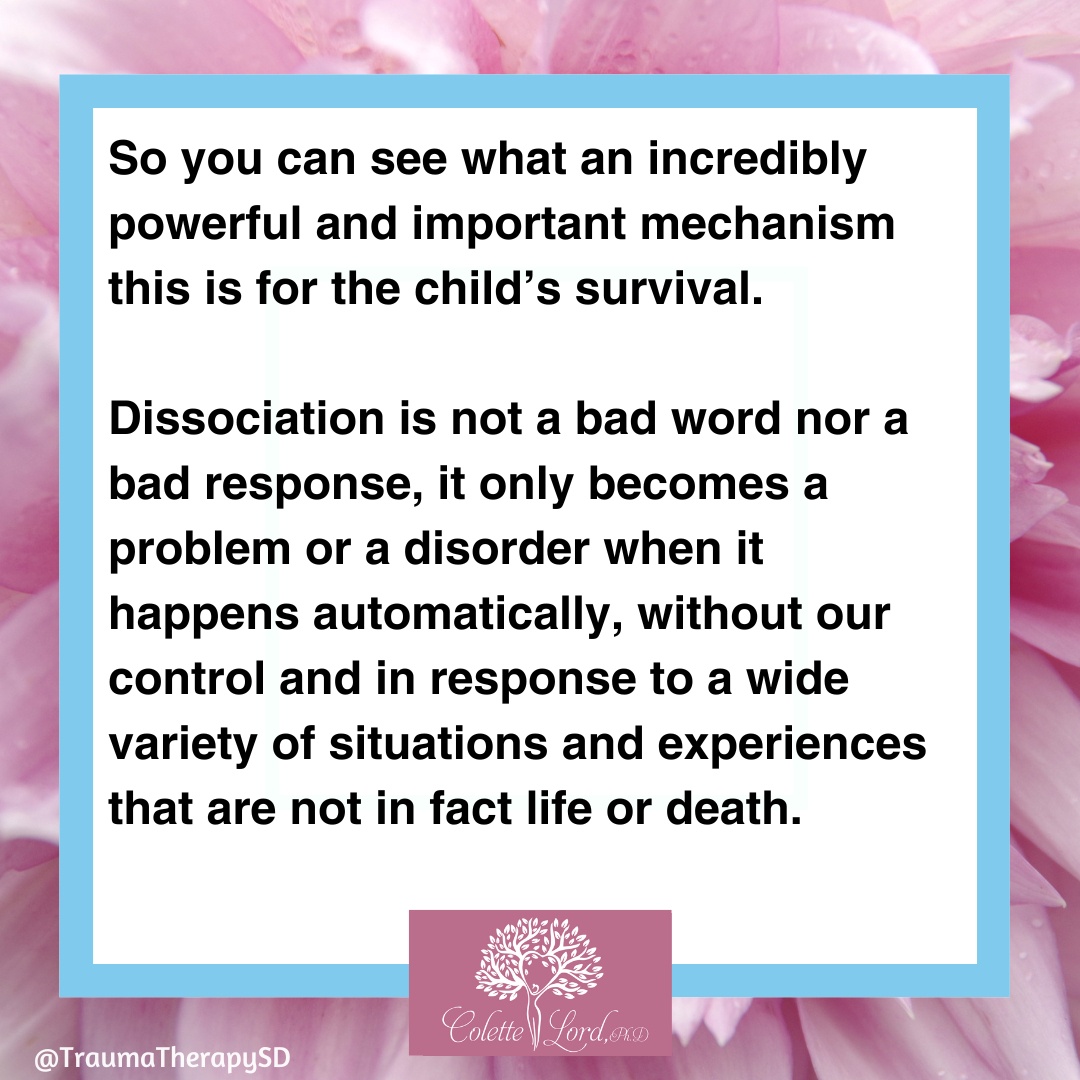Development of Dissociation
Ever wonder how chronic dissociation, particularly Dissociative Identity Disorder (DID/OSDD) develops?
According to our current understanding, the capacity to dissociation is learned in very early childhood when a child’s needs are going unmet.
When a little one is in need of food, a diaper change, comfort or attention and that need is not attended to, this is an extremely painful experience.
For a young nervous system this can very much be experienced as life or death.
When this happens the only option for such a child is the release of neurochemicals (what we call endogenous opioids and cannabanoids) that help them numb their pain.
The more chronically these needs go unmet, the more chronic this response in the child becomes. We believe that this forms the basis of how children learn to dissociate as a coping strategy.
So you can see what an incredibly powerful and important mechanism this is for the child’s survival.
Dissociation is not a bad word nor a bad response, it only becomes a problem or a disorder when it happens automatically, without our control and in response to a wide variety of situations and experiences that are not in fact life or death.














